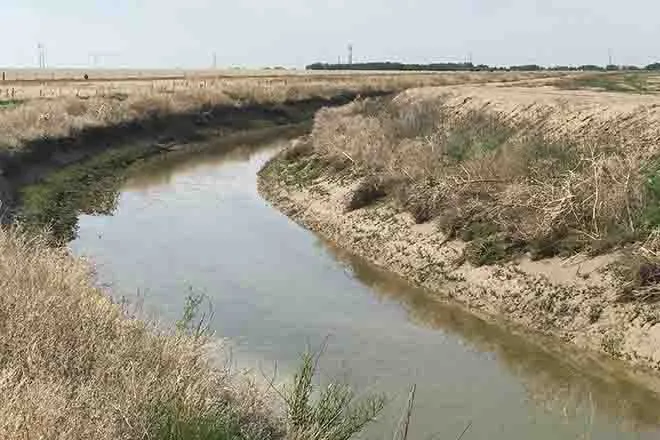
OSIRIS-REx aiding scientists studying sonic signature of meteoroids
© NicoElNino - iStock-1059548518
(The Center Square) - While in the high desert of Nevada, Elizabeth Silber watched NASA’s Sample Return Capsule from OSIRIS-REx return to the earth's atmosphere on Sunday, but not because of its asteroid rocks.
The Sandia National Laboratories physicist is working with researchers from Sandia and Los Alamos national laboratories, the Defense Threat Reduction Agency, TDA Research Inc., the Jet Propulsion Laboratory, the University of Hawaii and the University of Oklahoma to "record and characterize the infrasound and seismic waves generated by the capsule as it moved through Earth’s atmosphere at hypersonic speed, about 26,000 miles per hour," according to a press release from Sandia National Laboratories.
It was the largest-ever observational campaign of any hypersonic event.
Silber thinks the data will help scientists use infrasound to detect meteoroids and other objects that move at hypersonic speeds.
Currently, scientists use infrasound to detect volcanic activity, earthquakes, and explosions; it is a low-frequency sound wave that humans generally cannot hear.
However, atmospheric conditions, including wind, can distort the signal. Plus, little information exists about incoming meteoroids to assist with data analysis, the release said.
“The OSIRIS-REx capsule is the perfect candidate for studying a hypersonic event because we know everything about it – the entry angle, velocity, spin rate, size, and mass – and we can use that information to calibrate our models and test our sensors’ abilities,” Silber said in the release. “Because the capsule was traveling faster than the speed of sound, it generated a shockwave. As the shockwave propagated away from the capsule, it turned into infrasound waves that could be detected.”
The aforementioned team launched four solar balloons and two weather balloons equipped with microbarometers in Nevada. It also had ground-based sensors in multiple locations.
“These are tiny little sensors that measure minute changes in air pressure,” Silber said in the release. “Infrasound is a pressure wave, and when we group sensors together in an array, we can determine the direction the infrasound is traveling from.”
The group had an unprecedented amount of sensors recording data, Silber said in the release; this included 45 single sensors, one large rectangular array with 200 sensors, and "three arrays composed of four sensors in a triangle formation," the release explained.
Initially, the team checked to see how many sensors detected the signal. At the lab, the team plans to conduct a more in-depth study.
“We want to determine where along the trajectory of the capsule the shockwave came from,” Silber said. “The wave will be a continuous thing along the trajectory, so the question will be where exactly did that signal originate from? From a certain altitude? From different parts of the trail?”
The team is going to compare signals recorded from various locations in Utah and Nevada to see if they identify the same origination spot along the capsule’s trail.
Since the capsule’s speed changes as it plunges toward the ground, the team will have to study all the flight stages.
“Moreover, we will study how strong acoustic waves propagate, test how well our instruments can capture signals, and study the effects of the atmosphere on infrasound waves,” Silber said. “All this will enhance our knowledge and ability to use infrasound to detect meteoroids and artificial objects with infrasound.”
To prepare for the campaign Daniel Bowman and Sarah Albert published a paper in Atmosphere that reviewed previous infrasound and seismic observation studies from the four other sample return missions that happened after NASA's Apollo missions; their work summarizes the utility of characterizing the flight of meteoroids through Earth’s atmosphere.
Additionally, Silber is leading a similar project at the Laboratory Directed Research and Development to "investigate if infrasound can be used to determine the altitude and speed of bolides — bright, exploding meteoroids — in situations when other types of sensors don’t provide adequate data," according to the release.

















